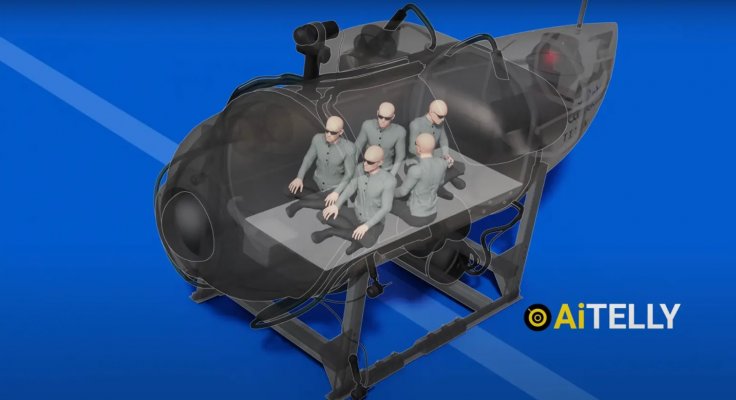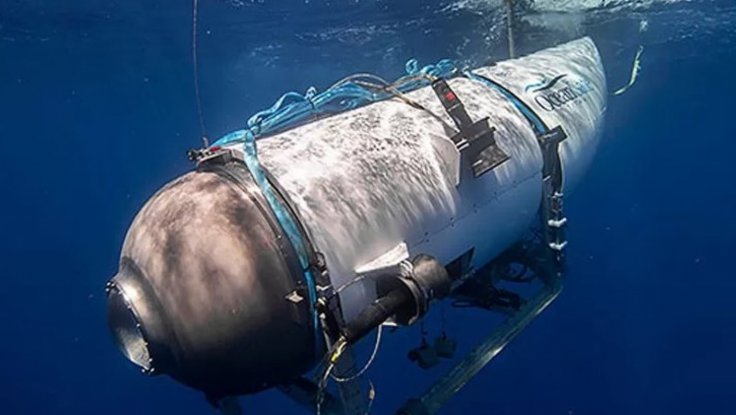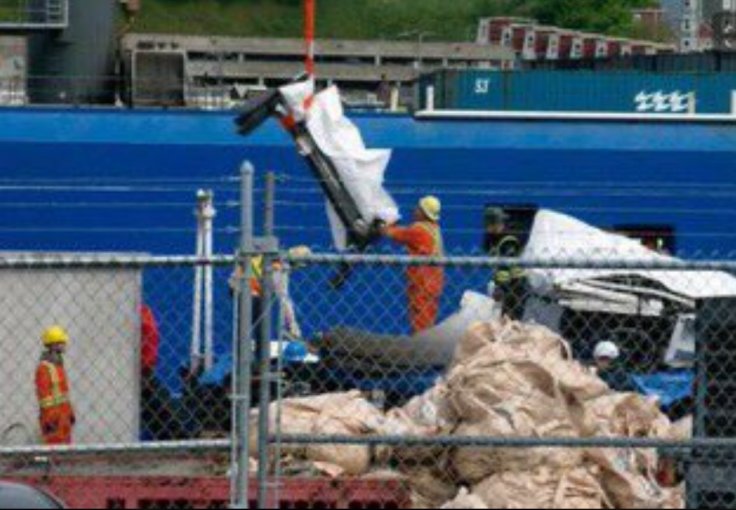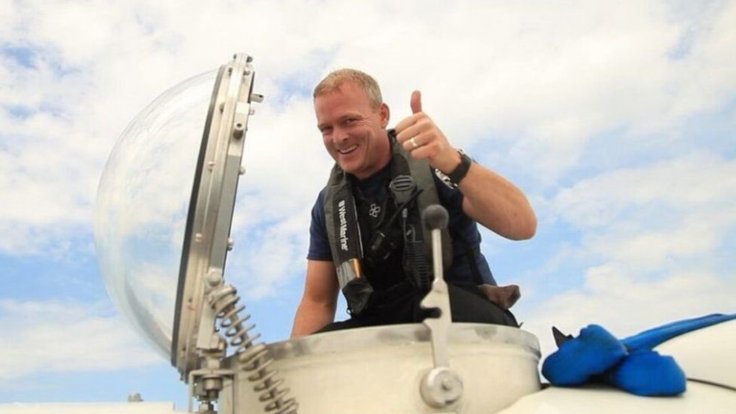An animation depicting in detail how the ill-fated Titan submarine suffered a catastrophic implosion, killing five passengers on board, has gone viral on social media. The animation video posted to YouTube has now garnered more than 5 million views in just 11 days since it was uploaded.
The 6 minutes and 20 seconds video was posted on June 30 on a YouTube channel called AiTelly. AiTelly is known for sharing its own high-quality 4K and 3D engineering animations, as mentioned in the channel's "about" section. The Titan submersible lost communication with its support vessel on Sunday, June 18, while descending to the depths of 12,500 feet below the surface to reach the Titanic wreckage.
Detailing the Final Moments

The video opens with a narration wherein it is explained that an implosion is "a process of destruction by collapsing inwards on the object itself. Where explosion expands, implosion contracts."
At the Titanic's 25,000-foot depth at the bottom of the Atlantic Ocean, "there is around 5,600 pounds per square inch of pressure," the video says. "That's almost 400 times the pressure we experience on the surface."
The strong hydrostatic pressure in the surrounding water is then cited as the cause of the Titan collapsing.
The tremendous force exerted on the OceanGate submersible resulted in its rapid and complete collapse, occurring within a fraction of a millisecond, the narrator explains.
The accompanying animation depicted a three-dimensional representation of an OceanGate-branded submersible being crushed and torn apart.
According to the narration, the catastrophic failure of the submersible is attributed to the Titan's contentious carbon fiber construction.

"Existing technology is based on steel, titanium and aluminum. These are what kept other submarines from being crushed. But the Titan has had an experimental design," the video said.
An AiTelly spokesperson, who preferred to remain anonymous to avoid any interference with their ongoing engineering job at an aviation company, confirmed that the animation was indeed produced using Blender, an open-source software.
The YouTube channel dedicated approximately 12 hours to plugging data about OceanGate into the 3D modeling software, resulting in the creation of a dynamic animation for viewers.

According to experts, the main issue with Titan was its carbon fiber construction, as the material can suddenly "crack and break," which ultimately led to the catastrophic failure of the submersible.
Almost Real-Life Experience
The animation was created by three members of the AiTelly team. According to the AiTelly spokesperson, the Titan animation was developed by collecting information and measurements from OceanGate's website and other sources like Google. This data was then plugged into Blender's 3D modeling software. The entire process of creating the animation took approximately 12 hours to complete.

AiTelly "released a first video and it was plagued with corrections," the representative told The New York Post.
"We then re-uploaded the video with the updated versions and corrections," and it went viral.
"The bottom line is that we're not afraid to make mistakes and accept information from the audience — and our background as amateur engineers I think it might help."

Following the catastrophic implosion of the Titan submersible, Stockton Rush, the head of OceanGate and operator of the submersible, was accused of turning out several safety warnings regarding the craft.
According to the BBC, Rob McCallum, a consultant for OceanGate, expressed concerns in a series of emails. McCallum warned Rush that by failing to have the submersible certified by external third parties, he was jeopardizing the safety of the clients involved. Rush's response to these warnings allegedly included dismissing them as "baseless cries" and a "personal insult."
"In your race to Titanic you are mirroring that famous catch cry: 'She is unsinkable,'" McCallum wrote to Rush in March 2018.
"I implore you to take every care in your testing and sea trials and to be very, very conservative," he said in another missive.

"As much as I appreciate entrepreneurship and innovation, you are potentially putting an entire industry at risk."
Despite the concerns raised by McCallum, Rush chose not to pay heed to his advice. As a result, the vessel proceeded with its deep-sea expedition without obtaining classification or certification from an external agency.
On June 18, the OceanGate submersible started its journey at around 8 am in the Atlantic Ocean, directly above the location of the Titanic shipwreck. The vessel began its descent with Rush piloting it, accompanied by five passengers.
However, at around 9:45 am, communication with the submersible was lost, severing contact with its mothership, the Polar Prince.
OceanGate Expeditions took approximately eight hours before reporting the missing submersible to the US Coast Guard after the loss of contact.
Consequently, an extensive international response was initiated to rescue the five passengers. Ships from various nations embarked on the journey to assist in the search for the missing submersible as time passed and the estimated oxygen levels dwindled.

It was also revealed that a US Navy monitoring system detected a potential sound associated with the implosion in the descent of the OceanGate submersible. However, search efforts continued even after that.
After announcing the unfortunate deaths of the five passengers, it was revealed that debris from the imploded submersible had been located near the Titanic wreckage site.
An investigation into the incident was launched at the end of June, right after the revelation that human remains had been found during the recovery mission and segments of the submersible were brought ashore.









